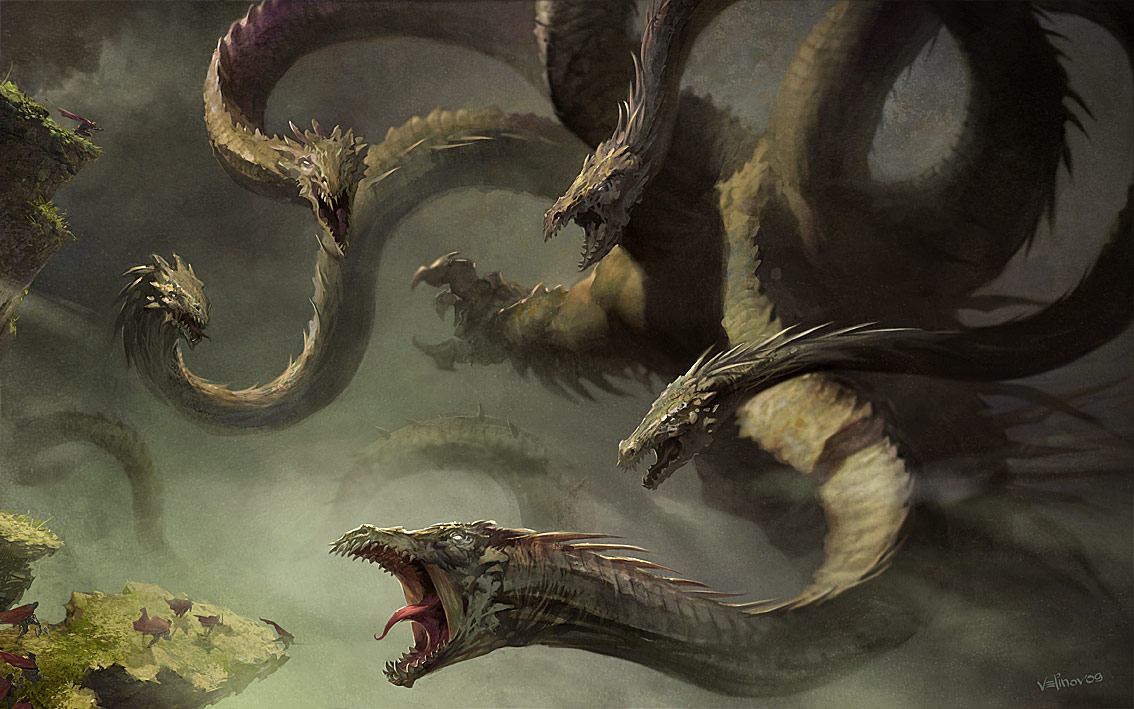Surprisingly, there
are some animal species that, for
whatever reason, have simply decided
that they don't like the idea of death and
that they will have no part in it. These
animals are functionally immortal. They
never age, and-- unless an outside force
does them in-- they could theoretically
live forever.
The Sea Anemone
The lowly sea anemone doesn't look like
an immortal animal. In fact, it doesn't
even look like an animal. In between
swaying to the left, swaying to the right,
and occasionally swallowing a bit of
debris, this brainless polyp is busy
defying everything we know about
mortality. A sea anemone doesn't age as
it gets older; it simply grows bigger.
Fortunately for those who find this a
little creepy, none of them have lived
long enough to develop sentience yet--
they get wiped out at around age 80 by
heat, water pollution, infections and
greedy collectors.
are some animal species that, for
whatever reason, have simply decided
that they don't like the idea of death and
that they will have no part in it. These
animals are functionally immortal. They
never age, and-- unless an outside force
does them in-- they could theoretically
live forever.
The Sea Anemone
The lowly sea anemone doesn't look like
an immortal animal. In fact, it doesn't
even look like an animal. In between
swaying to the left, swaying to the right,
and occasionally swallowing a bit of
debris, this brainless polyp is busy
defying everything we know about
mortality. A sea anemone doesn't age as
it gets older; it simply grows bigger.
Fortunately for those who find this a
little creepy, none of them have lived
long enough to develop sentience yet--
they get wiped out at around age 80 by
heat, water pollution, infections and
greedy collectors.
The Lobster
Like the sea anemone, the lobster is an
idiot. It has no brain, and its central
nevous system is about as simple as a
common household insect. But lobsters
have somehow figured out a way to defy
aging as we know it. Unlike people,
lobsters don't experience any change in
metabolism or body-function as they get
older. A one-hundred-year-old lobster
making baby-lobsters without any sense
of shame. They also keep getting bigger--
years, they can be the size of a wolf, and
capable of scaring the living daylights out
of anyone
The Aldabra Giant Tortoise
Aldabra giant tortoises are exactly what
they sound like-- freaking giant. The
males can weigh nearly 800 pounds,
which would make them the most
terrifying animals in the world if they ate
meat and moved a little quicker.
Fortunately, Aldabra tortoises barely
seem to notice humans like us-- they
aren't tame; they simply don't care.
Because, inside their little reptilian
brains, they are laughing at the fact that
we get old and die. We aren't sure just
how long Aldabra tortoises live, because
they have a pesky tendency to live longer
than the people watching them. The
oldest confirmed age of an Aldabra
tortoise was 255 years, but some may
have lived to be twice that age.
The Rougheye Rockfish
The rougheye rockfish just sounds
defiant. In fact, I'd include a few more
desciptions-- like riptide, rugged,
rumblin', radical and ravin'-- in its name,
but that would probably remind you too
much of that douchebag surfer-guy who
smoked a joint with your sister ten years
ago. And, just like that surfer-guy, the
rockfish is incredibly ugly but makes up
for it by being defiant of everything.
Including mortality. A rougheye
rockfish, which is a functionally
immortal animal, can live to be 200
years old or more, unless some guy with
a fishing-pole manages to break it of its
persistent addiction to life.
The Immortal Jellyfish
The name says all. When the immortal
jellyfish gets tired of being a sexually
mature adult, it can decide to be a
polyp-- that is, a baby-- again. To do this,
the jellyfish (technically a medusa) turns
itself inside-out, then re-absorbs its
tentacles and other dangly-bits. It then
land in its grave (or birth site)
somewhere in the sand and becomes a
colony of tiny little polyps. It's like your
grandpa deciding that he's going to go to
bed and turn into a few dozen fetuses--
only the immortal jellyfish doesn't have
dementia and actually will follow
through on its threat.
The Hydra
The hydra is a nearly
immortal animal, but what it lacks in size
it makes up for in stamina
Hydras are actually
remarkably efficient predators; they
release an explosion of neurotoxins into
their prey, paralyze it, and then consume
the animal whole. Every single cell in the
hydra's tiny body is constantly dividing
and rejuvenating, so any injured,
polluted or defective cells are diluted by
the thousands of others. Because they
are constantly replenishing their living
cells, hydras do not age at all-- ever.






No comments:
Post a Comment